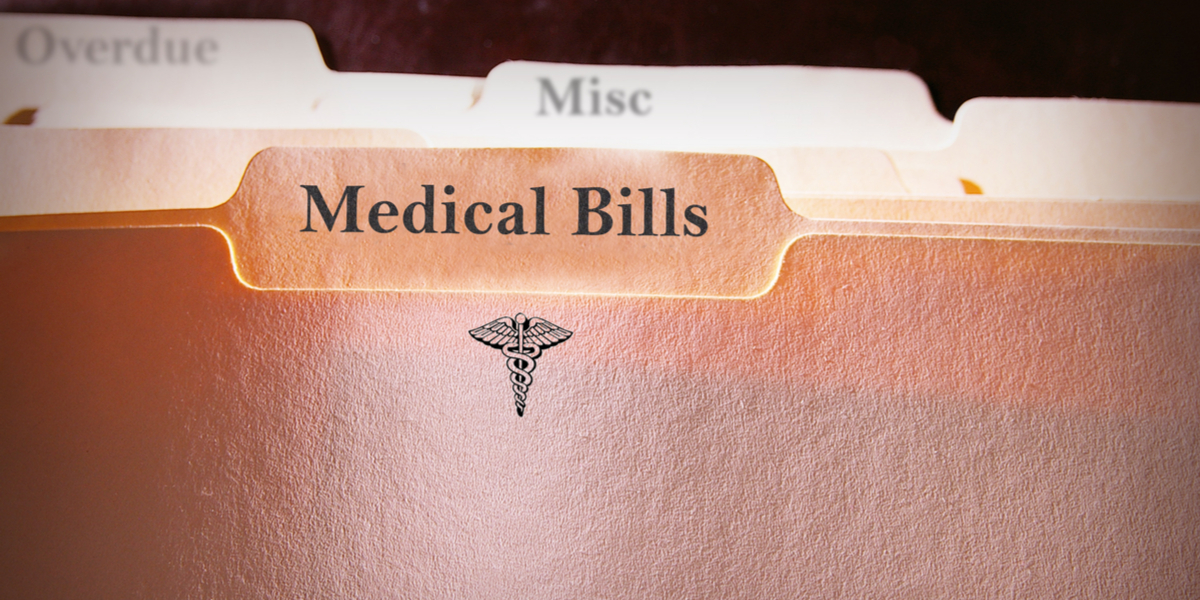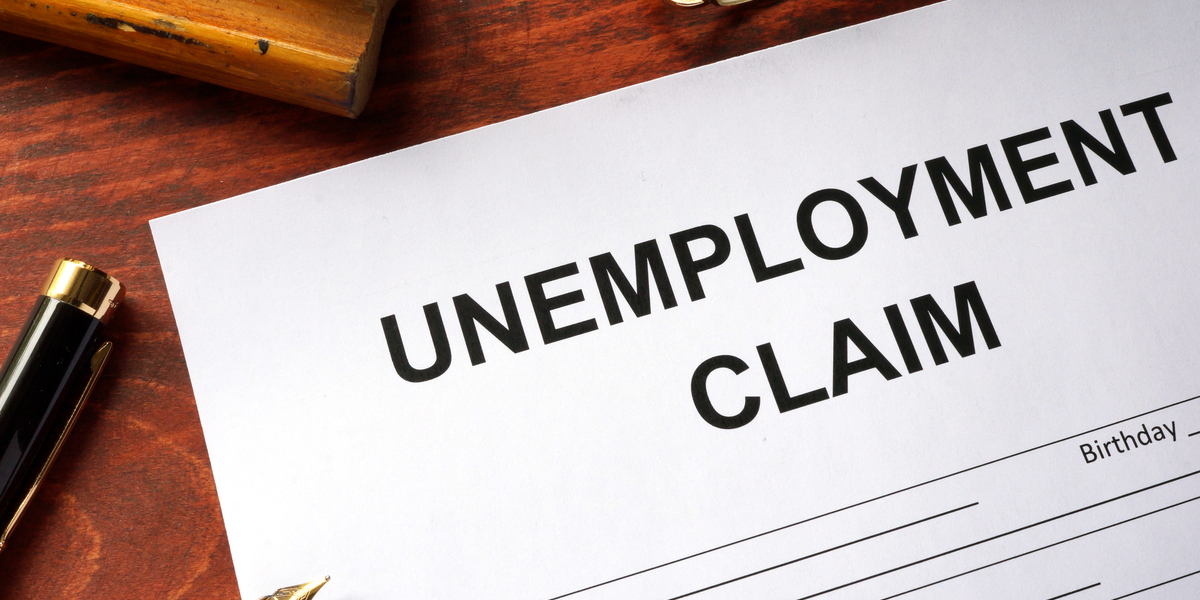Writing a Hardship Letter Principal Reduction
If you want your mortgage to be modified, one of the ways of achieving this is by writing a hardship letter principal reduction. It is vital that you write this in the correct format and that it includes everything that a lender is looking for. Let’s take a look at the key elements of this kind of letter.
1. The Start of the Letter
Before you write your letter, you need to speak to your lender to find out to whom you need to write to. Make sure that you spell names correctly and do also ask for an extension number so you can ring them for a follow up. The first line of your letter should be the lender’s name, followed by the address details. Then date the letter and write the name of the person you are sending the letter to under that. After that, you include the RE: line, which references what you are writing about. This is where you should put your loan number.
2. The Body of the Letter
It may be tempting to put lots of information in here, but it is more important to just present the facts. Simply state that you are asking for a principal reduction because a loved one has died, you have suffered an illness, you have lost a job, or any other reason. You should also state that you have done everything possible, such as decrease your expenses and search for part time work, to ameliorate the situation, but you are now experiencing a financial difficulty.
Make sure that you make it very clear that you want to keep the home, if you do. If you do not state this, the lender may simply help you sell your property instead. Hence, you need to come up with solutions. For instance, you can request a balance reduction, a lower adjustable rate, or anything else that can help you get back on track.
If you have already gone through the Home Affordable Modification Program, make sure to inform your lender about this as well. Tell them everything that you have done so far to fix the problem. For instance, you can tell them that you have sought legal advice (include contact details), have tried to refinance, or have searched for a new job.
3. Ending the Letter
You need to end the letter formally, making it clear that you are eagerly awaiting their response, thank them for their consideration, and request an acknowledgment of the receipt of your letter. If you have added any documented evidence, such as pay slips or medical bills, list those underneath your signature. Always proofread the letter, preferably asking someone else to do it for you or, if that’s not possible, re-reading it the next day with a fresh pair of eyes. Always make sure that you keep a photocopy of the letter and its attachments, and that you send it through registered post. After around one week, call the lender by phone for a follow up and to check if they have received your letter if you have not had any confirmation.










